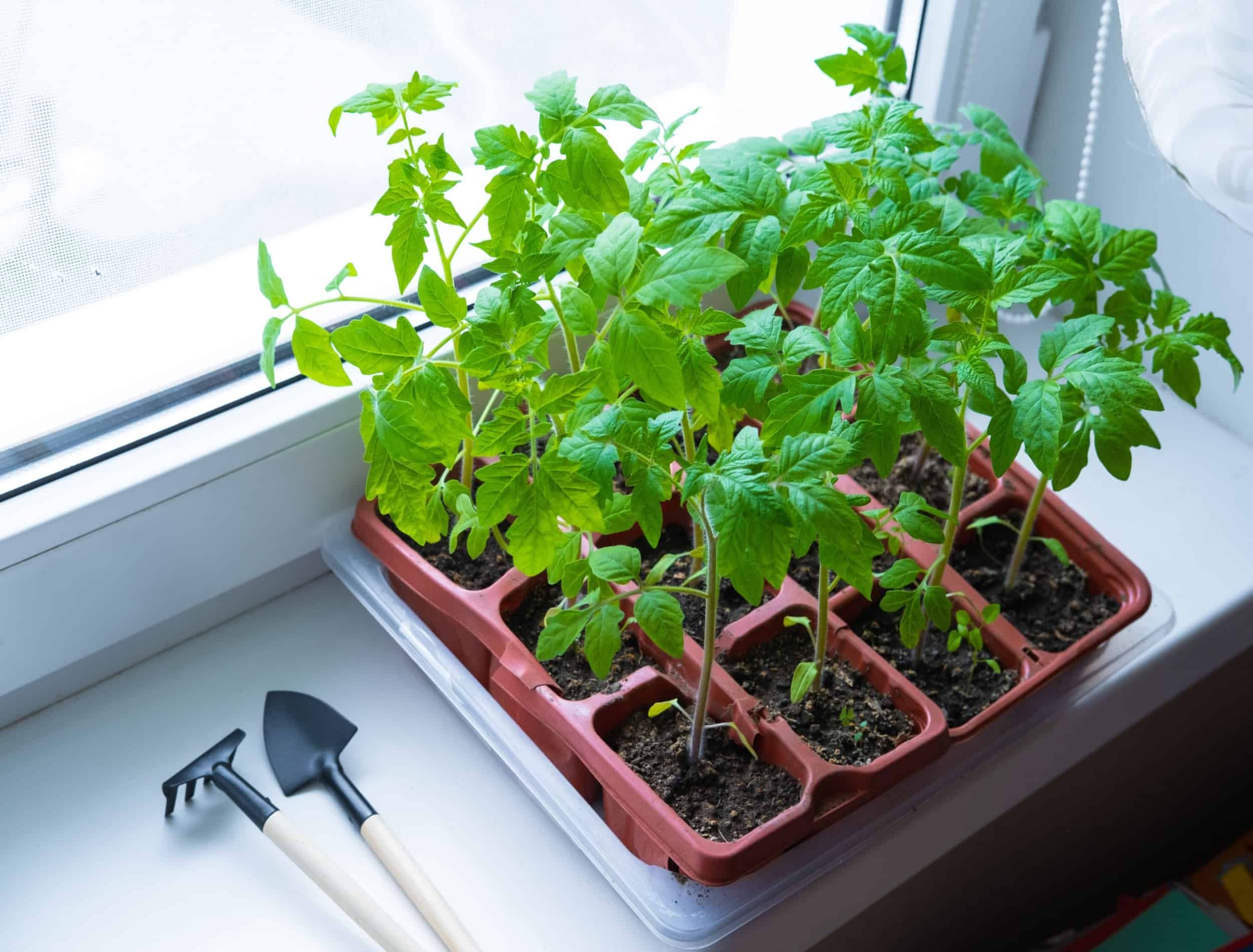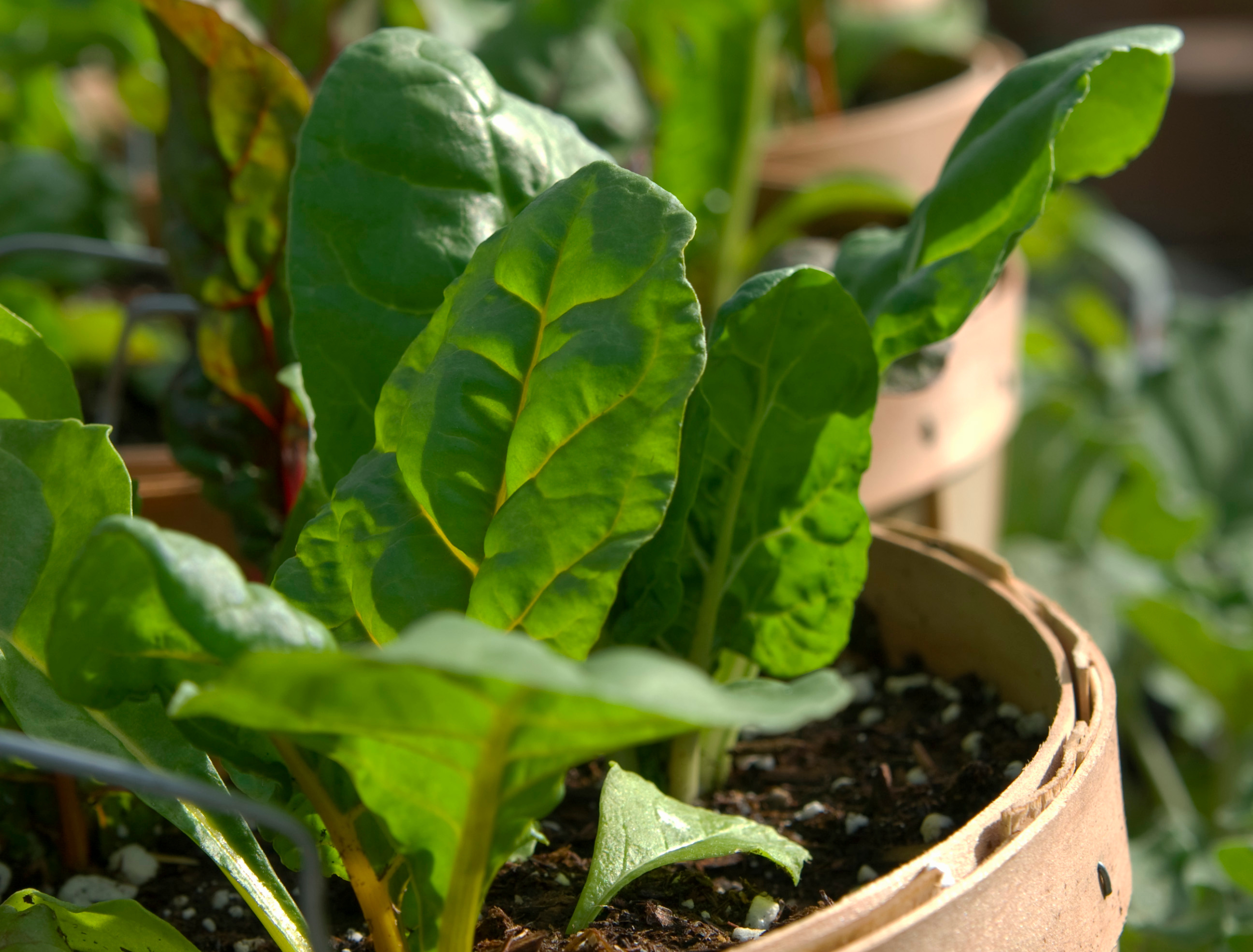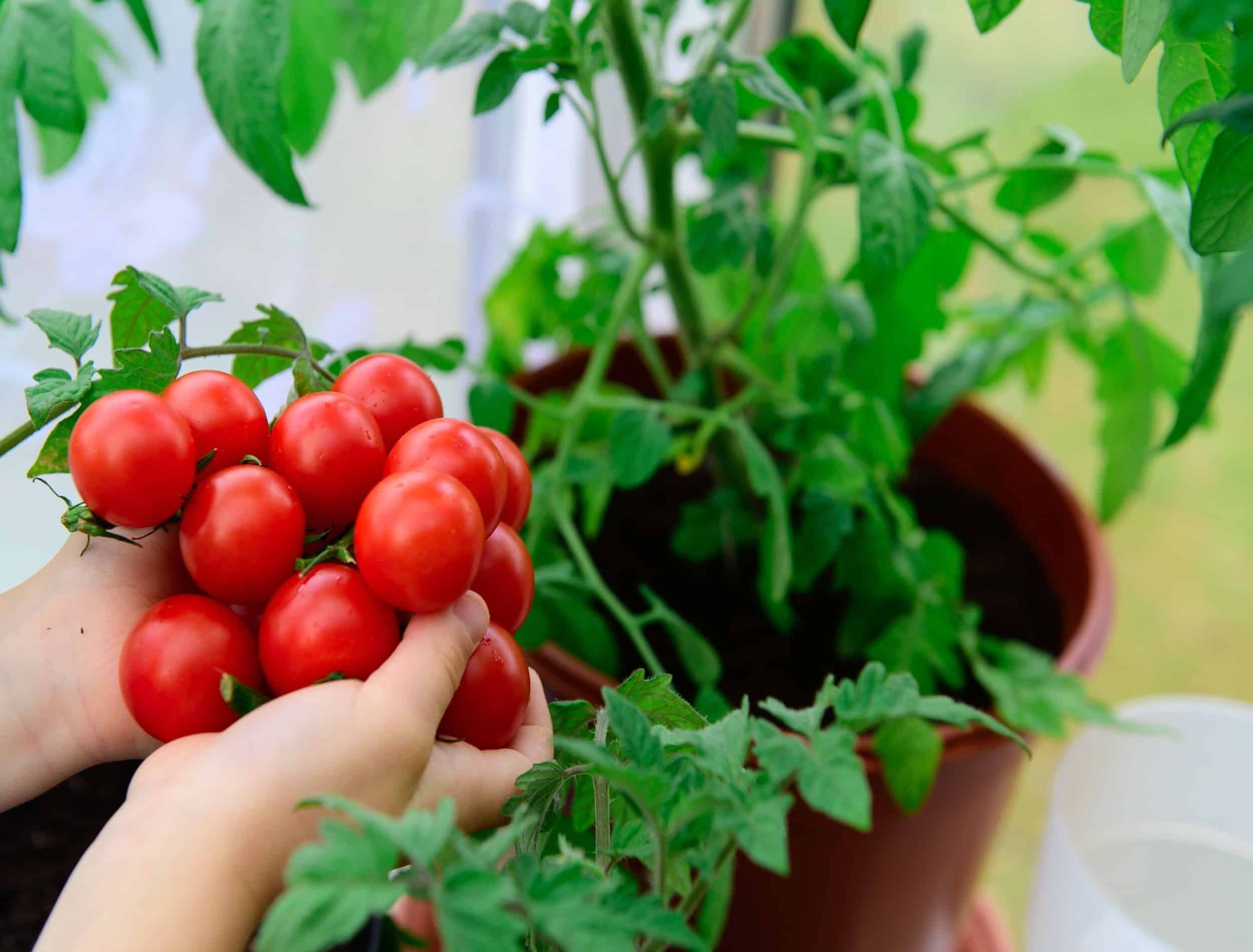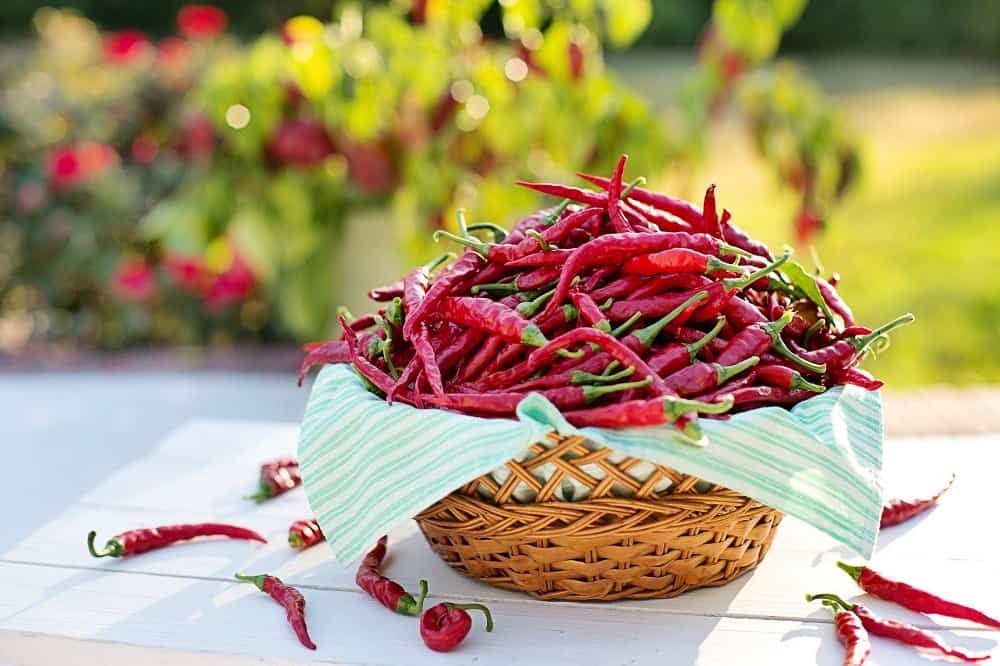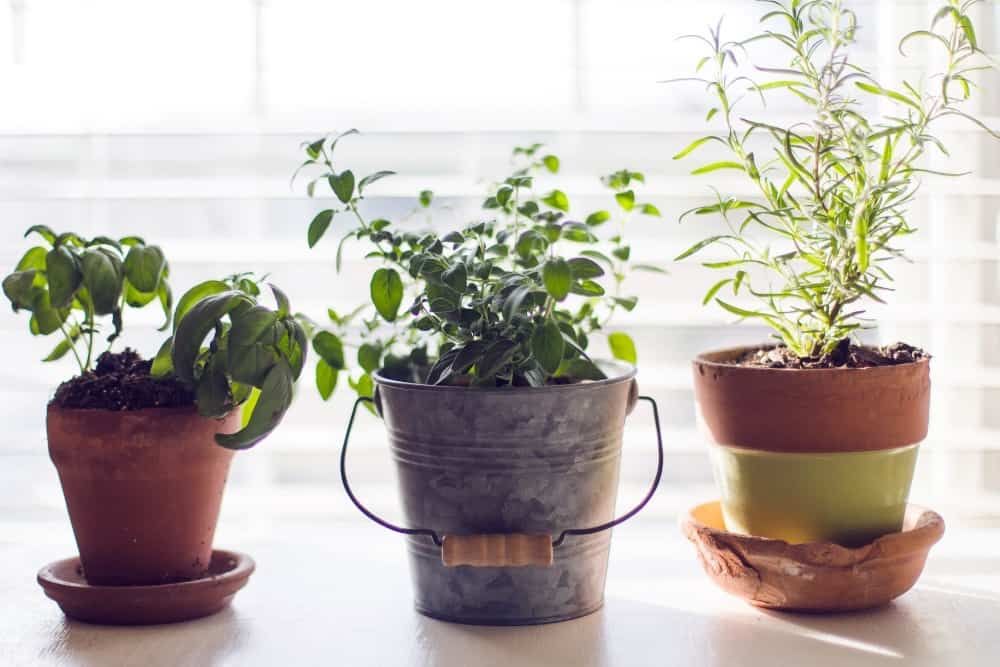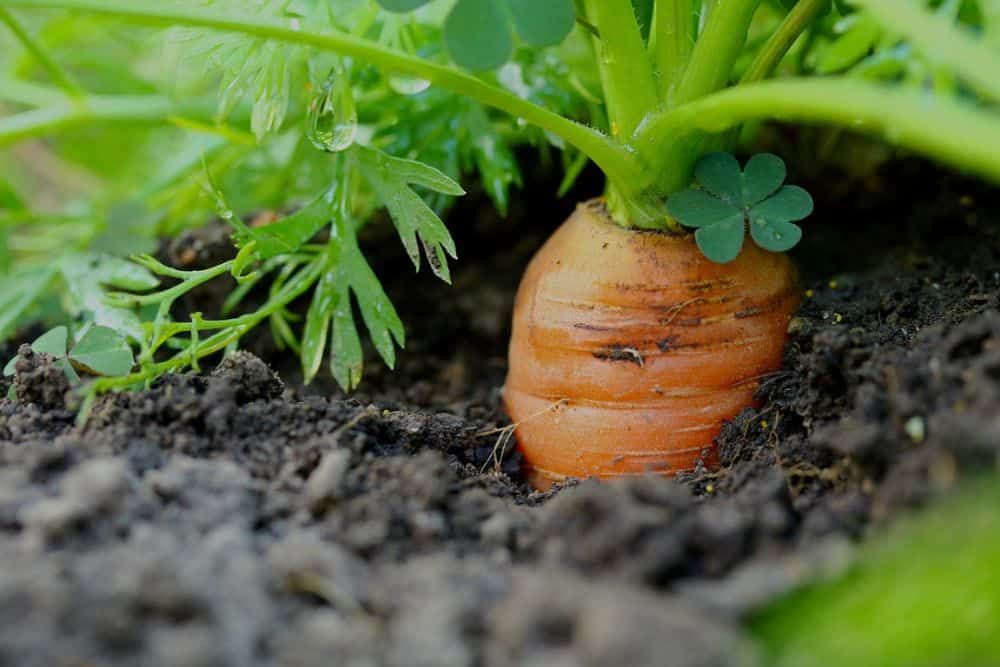Do you love to garden, but don't have the room or time for a full-blown garden? Or maybe you just want to grow some vegetables during the winter months? No problem! You can grow some amazing vegetables indoors, no matter the time of year. Check out this list of some of the best veggies to start growing today!
Lettuce
Image credits: Funwithfood via Canva
Lettuce is one of the easiest vegetables to grow indoors. All you need is a pot or container with drainage holes and some potting soil. Place your lettuce seedlings in the pot and water them regularly. You'll have fresh lettuce leaves in no time!
Lettuce is a cool weather crop that thrives in temperatures between 60 to 70 degrees Fahrenheit. If you live in a warm climate, or if winter is fast approaching, growing lettuce indoors is a great option! Here are a few tips on how to grow lettuce indoors:
- Lettuce needs at least five to six hours of direct sunlight each day. You can place your plants near a south-facing window, or use grow lights if the lighting is insufficient.
- Regular garden soil can compact and become waterlogged when used in pots, which can lead to problems like root rot. Look for a soilless mix or an indoor potting mix at your local garden center. Or make your own!
- Lettuce needs to be kept moist, but not soggy. Check the soil daily, and water as needed to keep it evenly moist. Be sure there are drainage holes in the bottom of your pots so that excess water can escape.
Lettuce is best when eaten fresh, so harvest leaves as you need them. Cut outer leaves first, leaving the inner ones to continue growing.
Tomatoes
Image credits: Sireli via Shutterstock
Tomatoes are another great option for indoor gardening. They need a bit more attention than lettuce, but with a sunny windowsill and some regular watering, you can grow healthy tomato plants indoors.
Here are some tips on how to successfully grow tomatoes indoors:
- Choose the right variety of tomato. Not all varieties of tomato are suited for indoor growth. Look for varieties that remain small and compact and produce fruit over a shorter period of time. Some good varieties include Tiny Tim, Patio Princess, and Red Robin.
- Tomatoes need loose, well-drained, fertile soil to grow well. Look for a potting mix that contains compost or other organic matter to help provide nutrients for your plants.
- Tomato plants need at least six hours of direct sunlight each day to produce fruit. If you don’t have a spot in your home that receives that much sunlight, you can supplement with grow lights.
- Tomatoes need to be kept evenly moist, but not waterlogged. Allow the top inch or so of soil to dry out in between watering.
- Tomato plants are heavy feeders and will need to be fertilized every one to two weeks with a balanced fertilizer.
Peppers
Image credits: Jill Wellington via Pixabay
Peppers are another vegetable that does well indoors. They need a bit more space than lettuce or tomatoes, so make sure you have a large enough pot or container.
Here's everything you need to know about growing hot peppers indoors:
- The first step is to choose the right type of pepper plant. Some of the most popular varieties include jalapeño, habanero, and cayenne. Once you've selected your plant, it's time to get started!
- You'll need a pot that is at least 12 inches deep (a 5-gallon pot) and has drainage holes in the bottom. Fill the pot with a quality potting mix and then water well. Place the pepper plant in the pot and then water again.
- Peppers like lots of sunlight, so place the pot in a sunny spot. You can also use grow lights if you don't have a lot of natural light in your home.
- Water the pepper plant whenever the soil feels dry to the touch - peppers love a good drink about every other day. Be sure to fertilize every two weeks with a balanced fertilizer to help the plant grow strong and healthy.
- As the peppers begin to grow, you'll need to support the stems with stakes or cages. This will help prevent the peppers from drooping or breaking as they get heavier.
Harvest your peppers when they are bright and glossy. You can enjoy them fresh, pickled, or cooked in any recipe!
Herbs
Image credits: Sixteen Miles Out via Unsplash
If you're looking for a fun and rewarding indoor gardening project, why not try growing your own herbs? Herbs are relatively easy to grow and make a great addition to any kitchen. Plus, there's nothing quite like being able to snip fresh herbs from your windowsill garden when cooking!
Here are a few tips on getting started with indoor herb gardening:
- Your herbs will need plenty of sunlight, so pick a spot near a sunny window
- If you're only growing a few herbs, small pots will do just fine. But if you're planning on a more substantial indoor herb garden, you'll need larger pots. Make sure whatever pots you choose have drainage holes in the bottom.
- Herb plants need well-drained soil, so make sure to get a potting mix that has plenty of organic matter. You can find special herb potting mixes at many garden centers.
- Start with easy-to-grow herbs. Some of the best herbs for beginners include chives, thyme, parsley, and oregano. Once you've got a handle on growing these staples, you can experiment with other herbs, like rosemary and cilantro.
- Herbs need to be watered about once a week, or more often if they're in extreme sun. Make sure the top inch of their soil is dry before giving them a slow, deep watering. Then allow them to drain thoroughly.
Carrots
Image credits: katerinavulcova via Pixabay
Growing carrots indoors is not as difficult as you might think. With a little bit of planning and preparation, you can have a bountiful crop of fresh, delicious carrots in no time!
Here are a few tips to get you started:
- Carrots need deep, loose soil to grow well, so make sure your pot or container is at least 12 inches deep with drainage holes.
- Fill your pot or container with high-quality, well-aerated potting mix. Avoid using soil from your yard, as it may be too dense for carrot roots to penetrate.
- You don't need to plant a lot of seeds, as it can be difficult to transplant carrots. Just sow a few seeds in each spot where you would like carrots to grow.
- Carrots need consistent moisture to grow well, so water them when the soil is dry (which may be every day or two), making sure the soil is always moist but not soggy.
- Carrots need at least six hours of sunlight per day, so place your pot or container in a sunny spot. If you live in a particularly sunny climate, you may need to provide some shade during the hottest part of the day.
Carrots are usually ready to harvest about 70 to 80 days after planting. Pull one up to check its size and color. Your whole crop should be ready for harvest around the same time.
Start Your Indoor Vegetable Garden
Whether you’re just starting out or are an experienced gardener, indoor gardening can be a fun and rewarding activity. Hopefully, this list has given you some ideas for delicious vegetables to grow indoors, regardless of the time of year. Do you have any tips or tricks for indoor gardening? Share them in the comments below!
Happy gardening!

